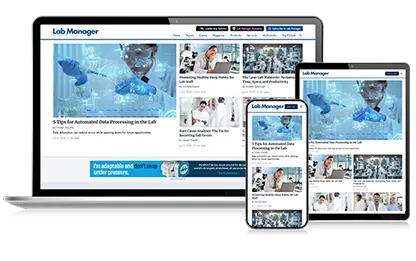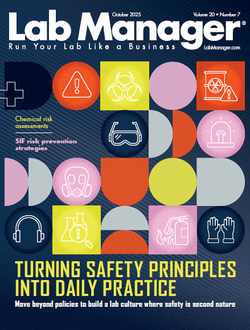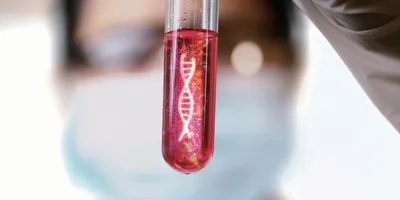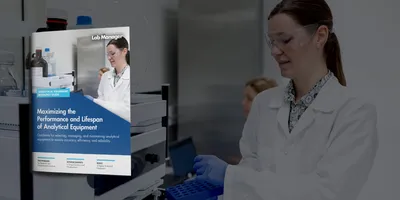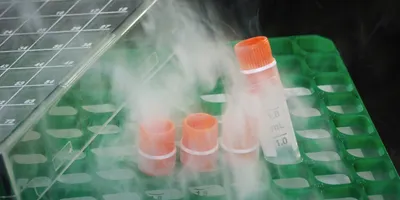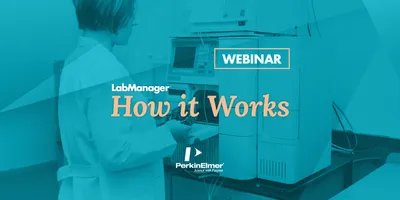Examples of work practices that should specifically address an individual experiment are ones that should be conducted only in a ventilated hood or involve especially hazardous chemicals. This simple idea preceded (by 15 years) the requirements of the OSHA Lab Standard for "Standard Operating Procedure," "Control Measures" and "Special Provisions for Working with Particularly Hazardous Substances." Today, it's not just a good idea, it's the law!
While the Lab Standard does not require specific work practices for individual experiments, it does stipulate that employers generate a list of recognized good practices which lab workers are expected to follow, i.e., wash hands before leaving the lab, never work alone, leave lab clothing in the lab, don't eat, drink or smoke in the lab, etc.
Control measures include engineering, administrative, and personal protective equipment as methods for managing risks. Employers are responsible for insuring that their lab employees understand these controls and can easily determine when to implement them. For example: when should chemical splash goggles be worn? Whenever a chemical hazardous to the eye is being handled, whenever a chemical with unknown eye hazard is being handled and any liquid hotter than 60 degrees Celsius.
Particularly hazardous substances include "select carcinogens, reproductive toxins, and highly toxic substances." The Lab Standard says that these must be used in a "designated area" and that procedures be developed for "decontamination" and the "safe removal of contaminated waste". It provides a framework or structure for considering the hazards, precautions, and emergency procedures for each experiment. Second, it can be a vehicle for encouraging new employees to think first about hazards, precautions, and emergency procedures. And, third, it provides a record of safety instruction when used as a checklist during pre-lab briefing. It helps to ensure that all points are covered and documents that this important instruction has occurred.
Examples of work practices that should specifically address an individual experiment are ones that should be conducted only in a ventilated hood or involve especially hazardous chemicals. This simple idea preceded (by 15 years) the requirements of the OSHA Lab Standard for "Standard Operating Procedure," "Control Measures" and "Special Provisions for Working with Particularly Hazardous Substances." Today, it's not just a good idea, it's the law!
To continue reading this article, sign up for FREE to

Membership is FREE and provides you with instant access to eNewsletters, digital publications, article archives, and more.
